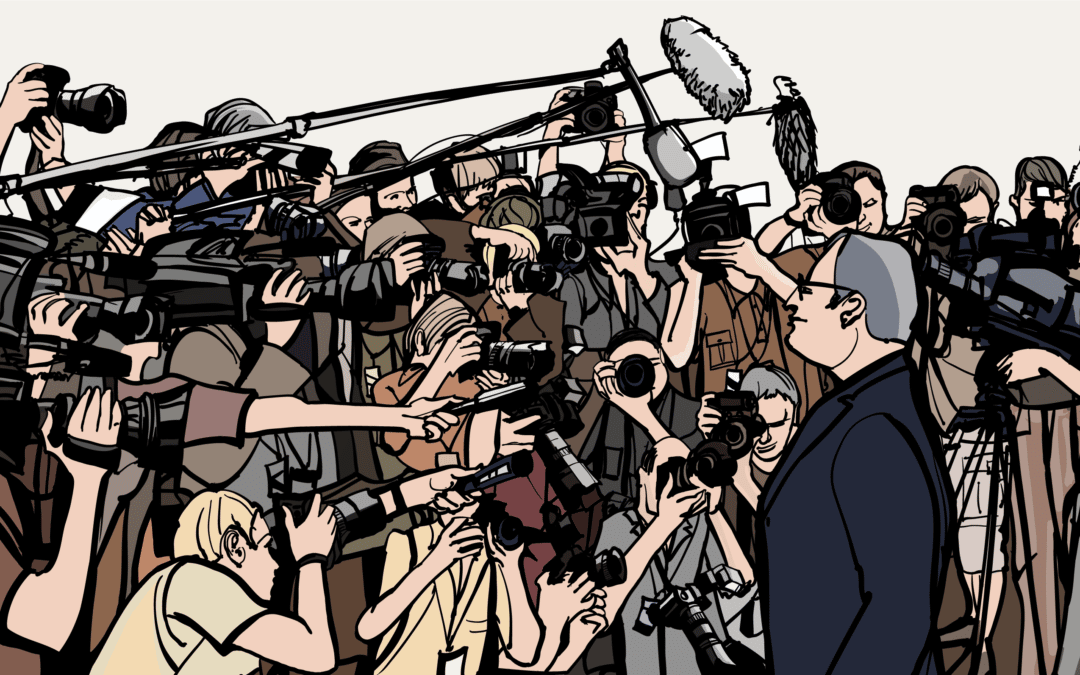Current politics is a boon for network, cable and internet news because every event is so visual. And we’re not even talking about spectacular footage of space launches or significant human achievements, either. These days it’s downright compelling to just watch two guys shake hands. With high definition TV you can actually see the knuckles turn white in the midst of the portentous grip-and-grin photo op. It’s guaranteed that the same scene will get hundreds of millions of plays, as it moves to video clips passed around social media.
News media has gone micro, dissecting every nuance and quirk of our celebrities and leaders. So much so that body language interpretation is in high demand.
New Republic recently explored the “golden age of body language experts” as news reporters and editors are frantically looking for anyone who can decipher all the subtle cues and tells that political figures reveal in their interactions.
Earlier this month, President Donald Trump and his French counterpart, Emmanuel Macron, met in Paris on Bastille Day to cement, in the words of The New York Times, “an unlikely but budding relationship.” But their meeting was anticipated for another reason entirely. At the leaders’ previous encounter, during the NATO summit in Brussels in May, they famously exchanged a white-knuckled handshake…
…An apparent boom in the body language industry raises questions about what, precisely, qualifies as expertise. After all, it’s not like you can get a Ph.D. in body language, though you can get one in “nonverbal communication” (or, more affordably, get trained through Reiman’s Body Language University, a free subscription section of her website). But all it takes to appear to be an expert is a professional-looking website or a robust social media presence. “Everybody’s got something to say whether they’re an expert or not,” said Ruth Sherman, a communications coach and author. “I don’t think most of them know what they’re talking about. I think they’re just thinking no one’s going to check.”
Okay, maybe we’re all getting a little too granular about it. Still…
Understanding body language can help you in the workplace
Let’s be practical and see how it applies to business in a way that anyone can use it to their advantage. Day-to-day, reading body language is pretty simple.
In the workplace, our physical presence establishes our level of confidence, sincerity and engagement, as well as our mood and tone. And psychologists tell us that we can change the perceptions even if we don’t really feel it inside. With some practice we can be more effective, even when we’re having a not-so-good day. And we can interact more effectively as we read others’ non-verbal cues.
In this minute-and-a-half clip, Donna the tennis maven demonstrates how physical behavior is easily read and you don’t need to be a professor or psychologist to understand it.
Want to learn more? First, check out our Presentation Skills curricula and share it with your organization. These are cornerstones of leadership development and very popular with our clients. Second, if you have a specific question about how to improve body language skills in your team or department, drop us a note with the form below and maybe we can make some suggestions?
[captainform id=”775477″]

